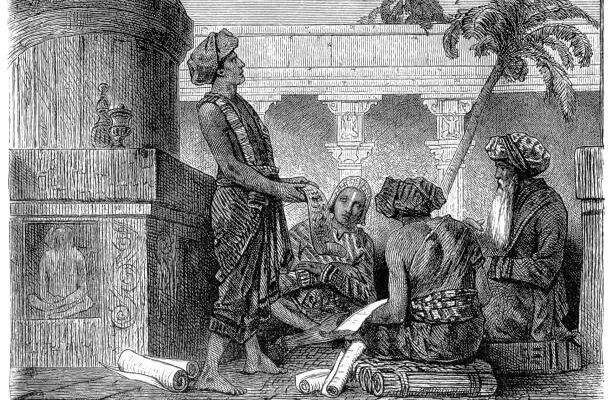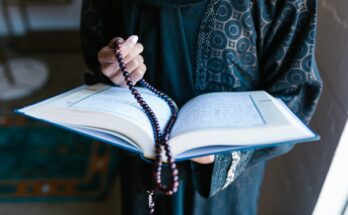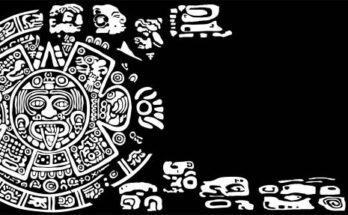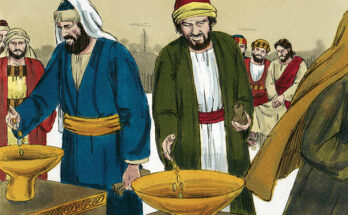The history of religion and class structure is a compelling narrative that intertwines with the very fabric of human civilization. From the dawn of organized societies to the present day, the relationship between religious beliefs and social classes has shaped cultures, institutions, and individual lives. This article will delve into the intricate tapestry of this historical interplay, exploring key moments and class structure. Societal shifts, and the profound impact on the development of human societies.
The Dawn of Civilization: Religion and Early Class Structures
 (Photo from iStock)
(Photo from iStock)
As humans transitioned from nomadic lifestyles to settled communities, the need for order and cooperation led to the emergence of religion as a guiding force. Early religious beliefs often cantered around nature and the cosmos, with communities attributing spiritual significance to natural phenomena. In these nascent societies, religious practices played a crucial role in establishing a sense of community and shared identity.
The surplus of resources, agricultural advancements, and the advent of specialized labour roles contributed to the emergence of social hierarchies. The religious narrative began to intertwine with class distinctions, as rulers and elites often claimed divine authority to legitimize their positions.
Ancient Civilizations: Gods and Rulers
The ancient civilizations of Mesopotamia, Egypt, Greece, and Rome provide rich examples of the interplay between religion and class structure. In Mesopotamia, the Code of Ur-Nammu and the later Code of Hammurabi reflected a legal system influenced by religious beliefs, reinforcing social hierarchies and maintaining order.
In ancient Egypt, the pharaohs were not only political leaders but also considered divine figures, blurring the lines between religious and secular authority. The construction of monumental structures such as the pyramids served both religious.
The Greek and Roman pantheons were populated by deities embodying various aspects of life, and the belief in a divine hierarchy often mirrored the social hierarchy. Leaders and rulers were regarded as having a special connection with the gods, solidifying their authority and reinforcing class divisions.
Religion in the Middle Ages: Feudalism and Divine Justification
 (Photo from iStock)
(Photo from iStock)
The Middle Ages witnessed the dominance of feudalism, a socio-economic system characterized by land ownership, agricultural labour, and hierarchical structures. During this period, the Catholic Church played a central role in shaping the religious and social landscape of Europe.
Feudal societies were structured with kings or monarchs at the top, followed by nobles, knights, and peasants. The Church, as a powerful institution, not only provided spiritual guidance but also wielded significant influence over political affairs. The doctrine of divine right justified the authority of monarchs, asserting that their rule was sanctioned by God.
The religious narrative reinforced the existing class structure, with the clergy, nobility, and commoners occupying distinct positions in society. The feudal contract, rooted in both secular and religious norms, governed the relationships between these classes, establishing a delicate balance that maintained social order.
Religious Movements and Social Upheaval
However, the intertwining of religion and class structure was not without challenges. Throughout history, religious movements often emerged as a response to perceived injustices and inequalities. The Protestant Reformation in the 16th century, led by figures such as Martin Luther, challenged the authority of the Catholic Church and questioned the existing social order.
The Reformation not only sparked religious schisms but also contributed to political and social upheavals. The idea of individual interpretation of religious texts empowered people to question established authorities, leading to the erosion of traditional hierarchies. The rise of Protestantism coincided with significant changes in economic structures, as emerging capitalist practices began reshaping the socio-economic landscape.
The Enlightenment and the Secular Turn
 (Photo from iStock)
(Photo from iStock)
The Enlightenment of the 17th and 18th centuries marked a pivotal moment in the history of religion and class structure. Intellectual movements, emphasizing reason, science, and individual rights, challenged the entrenched power structures of both the Church and the monarchy.
The Industrial Revolution and Social Transformations
The Industrial Revolution brought about unprecedented changes in technology, economy, and society. As societies shifted from agrarian economies to industrialized ones, new class structures emerged. The rise of the bourgeoisie, the industrial capitalists, challenged the traditional dominance of the aristocracy.
Religious narratives adapted to these changes, and new ideologies arose to either justify or critique the emerging capitalist systems. In some cases, religious beliefs were used to legitimize the new economic order. While in others, religious movements emerged as advocates for social justice and workers’ rights.
The Marxist Perspective: Religion as an Ideological Tool
 (Photo from iStock)
(Photo from iStock)
Karl Marx, in his seminal work “Das Kapital,” provided a critical analysis of the relationship between religion and class structures. Marx argued that religion, particularly in capitalist societies, served as an ideological tool used by the ruling class to maintain social order and control the working class.
Contemporary Dynamics: Globalization and Religious Revival
In the modern era, the forces of globalization have brought about complex changes in the interplay between religion and class structure. The spread of capitalism, technology, and information has connected societies in unprecedented ways, influencing both economic systems and religious landscapes.
In some regions, religious revival movements have emerged in response to the perceived erosion of traditional values in the face of globalization. These movements often intersect with political ideologies, contributing to the shaping of class structures and power dynamics. Conversely, in secularized societies, the influence of religious institutions on class structures has waned, giving rise to more diverse and pluralistic social landscapes.
Conclusion
The history of religion and class structure is a multifaceted narrative that weaves through the fabric of human civilization. From the early civilizations of Mesopotamia and Egypt to the transformative periods of the Middle Ages, Reformation.
As societies evolve and face new challenges, the relationship between religion and class structure continues to adapt. The Marxist critique offers a lens through which to analyse the ideological functions of religion in contemporary capitalist societies. Meanwhile, the forces of globalization bring new dynamics, shaping how religious narratives intersect with economic structures and class hierarchies.
Understanding this historical odyssey provides valuable insights into the complexities of human societies.




